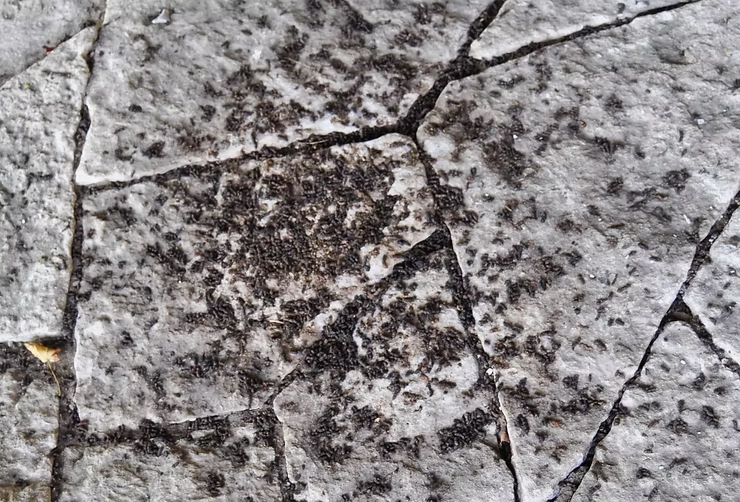The scoop on animal poop
- Willy's Wilderness
- Jan 2, 2019
- 2 min read
Updated: Jul 23
Everybody poops. There’s even a popular children’s book about it. It’s true not just for humans, but for all creatures in the animal kingdom too.

We have a lot of different words for animal poop. Feces, scat, dung, droppings and excrement all mean the same thing – poop.
Sometimes, an animal’s feces contains clues about its life. We might be able to tell what it eats or where it has been from its droppings.
Here are some fascinating facts about some of the different kinds of animal poop you might see around Will County.
Did you know?
Coyote poop looks very similar to dog poop. One difference is that coyote droppings sometimes contain visible hair, fur or even small bones. Coyotes use scat to mark their territory, so you often see it by trails and paths because they use those to travel.
Rabbits poop a lot. Their droppings are small piles of round, dark pellets. And it will probably gross you out to learn that rabbits eat their own feces. They do this to help keep themselves safe from predators. They first eat their food – grasses and other plants – very quickly and then move to a safe place. Once safe, they poop the food they just ate and then eat the droppings so they can get more nutrition from it the second time.

Deer poop can look a lot like rabbit poop, but deer usually leave behind bigger piles because they are much bigger than rabbits and eat more food each day.

Bat poop has a special name: guano. Bat guano is the same size and shape as grains of rice, but it is dark in color. If you see bat guano, it’s a sign that bats are living in the area.

Goose droppings are a pretty common sight in our area, especially around lakes and ponds. Geese leave a lot of poop behind. The scat is almost always small and tube shaped. The color can vary, but it’s usually greenish or whitish in color.

Horse poop is called manure, and they produce a lot of manure every day. In fact, one horse can poop up to 50 pounds every day! Around Will County, we only usually see it along equestrian trails.

Bird poop is different than that of many other animals because it is mostly liquid and because it is usually white or whitish in color. It is white because bird poop is a type of waste called uric acid, which is a white paste. The uric acid doesn’t dissolve very well in water. This is why bird poop can be left behind even after a big rainstorm or taking a car through a car wash.



